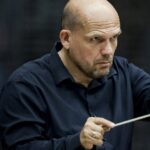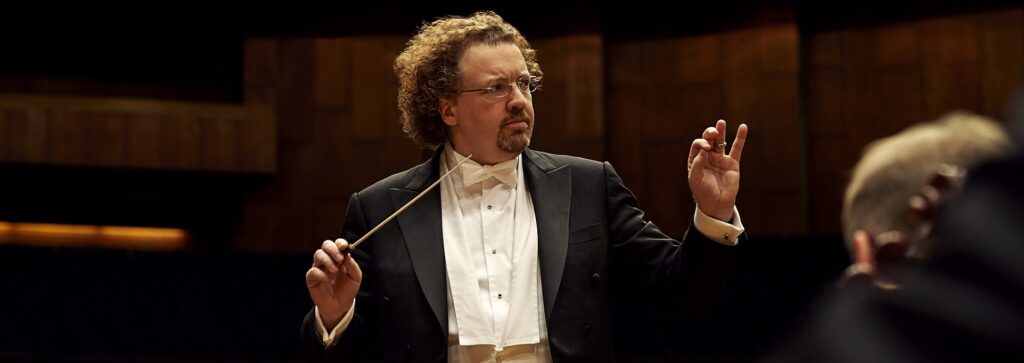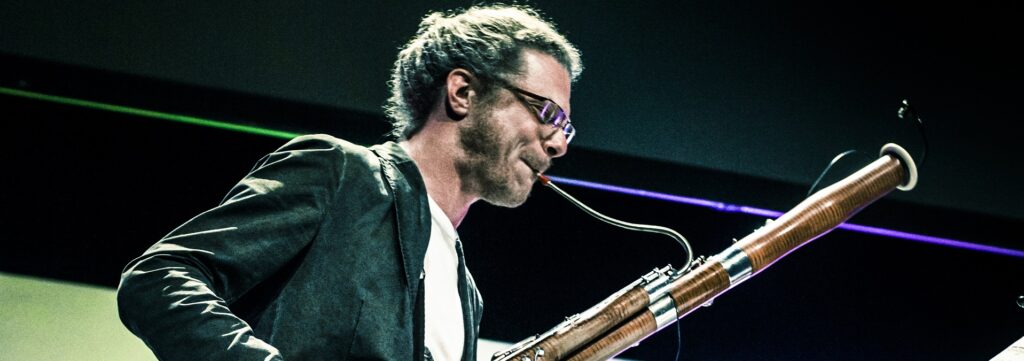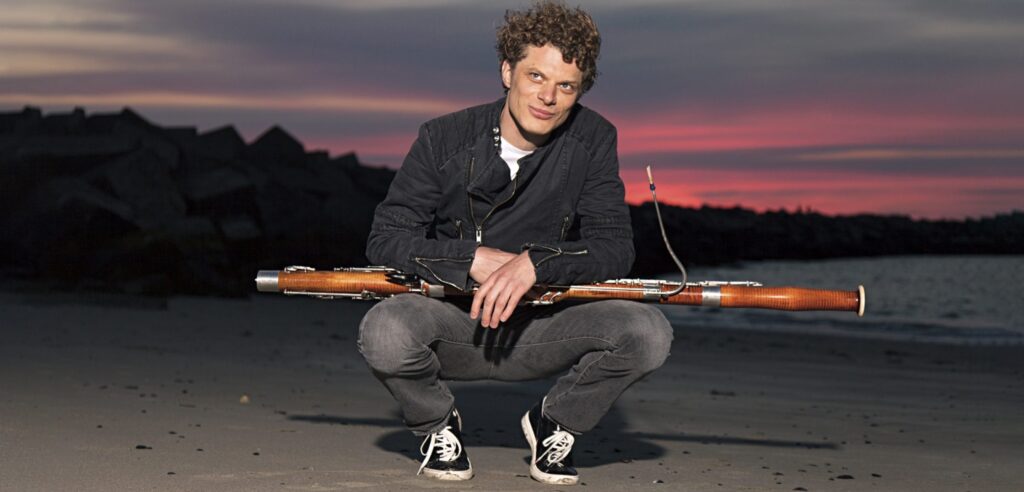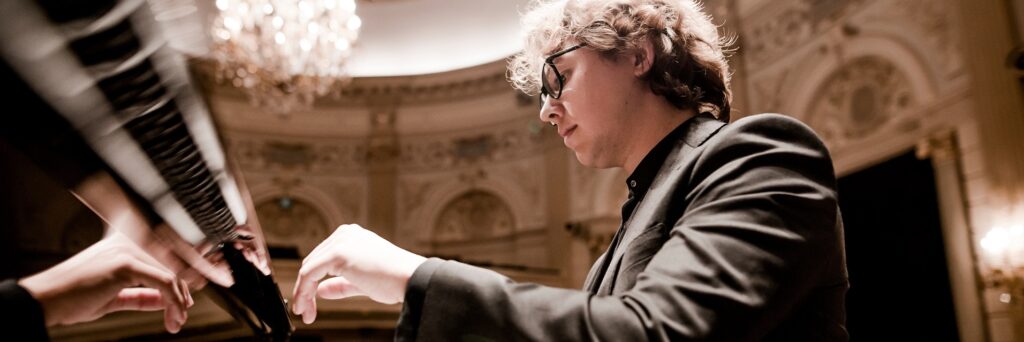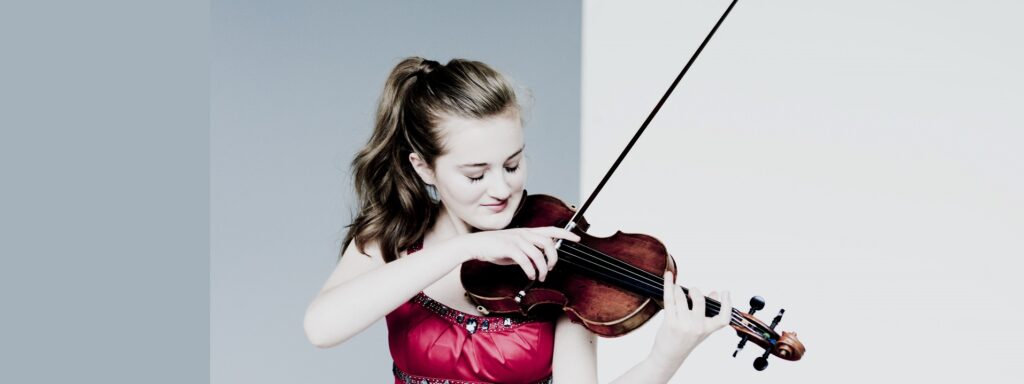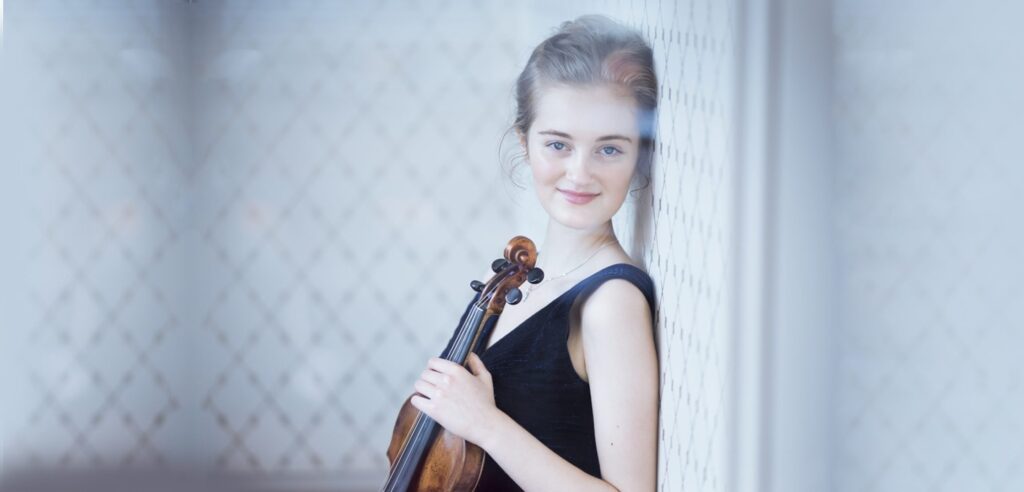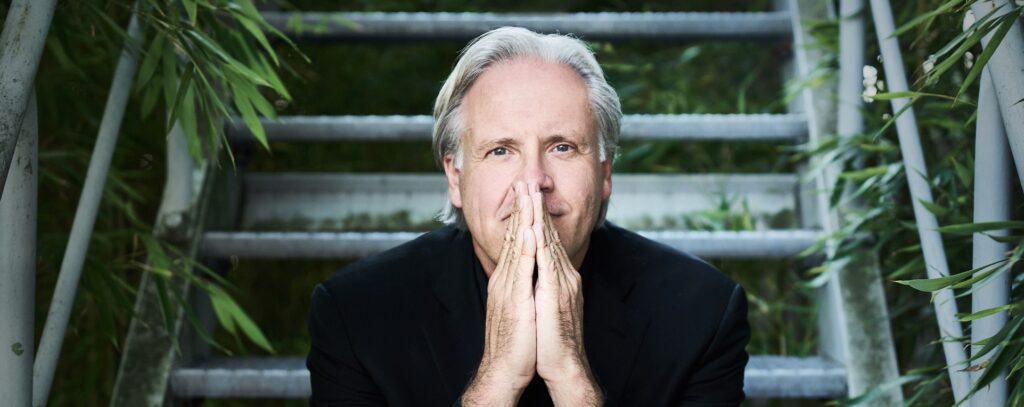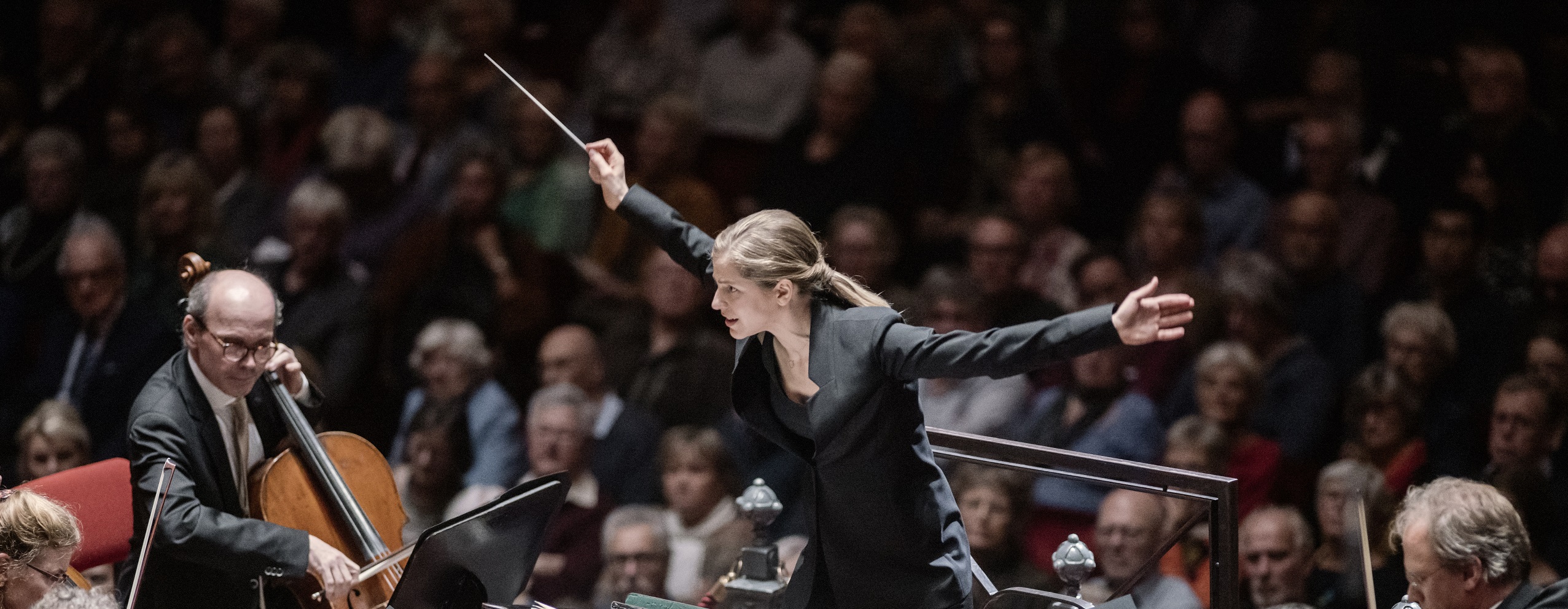
Jaap van Zweden conducts Götterdämmerung
Programme
- Noa Wildschut in Saint-Saëns' Violin Concerto No. 3
Jaap van Zweden and the top cast know their Wagner. Dramatic and sometimes pitch-black is the orchestral sound in Götterdämmerung. An opera can hardly be made more symphonic.
Monumental conclusion of Der Ring des Nibelungen
It is a monument of the nineteenth century, Wagner's fourth and last part of Der Ring des Nibelungen. When this part was finally finished, the composer could seriously occupy himself with the performance, in the specially built theatre in Bayreuth for this 16-hour tetralogy. The performance took place in 1876 during the first Bayreuther Festspiele.
Masterful orchestral colours
An opera probably cannot become more symphonic than in this depiction of the downfall of the gods and the tragic-utopian rise of mankind. The orchestra has only superlatives: the wind instruments are triple to quadruple, twice sixteen first and second violins and even three bullhorns. Sometimes the sounds are pitch-black. The central hero Siegfried dies at the end, in the apotheosis of his martial Trauermusik, after which widow Brünnhilde delivers the world from its curse and follows her husband into death. This Schlußgesang by Brünnhilde is a tour de force for a highly dramatic soprano, especially after the four hours that preceded it.
